|
Minnesota Street Project 1275 Minnesota Street San Francisco, CA 94107 On March 17th, Glossary attended the preview party of Minnesota Street Project (MSP). Spirits were high last night; people are hopeful about the potential that the project brings. Notwithstanding, there is much to critique as well. Firstly, people need to be prepared for the influx of visual information. In SF, 49 Geary and various art nights have offered such critical mass, but because this platform is all in one two-story building the experience is different than neighborhood art walks/nights. As always, it is good to see shows on off days, when it’s quiet and viewers have more room to think about the work and have meaningful conversations with the galleries. When Daniel Patterson’s café opens in the fall, this will provide a nice respite to take a break in between galleries. Meanwhile, you can always hop across the street to Philz Coffee or many of the nearby restaurants in a few blocks walking distance. Speaking of which; there is ample parking toward the waterfront within a four block radius, and even more on weekends when the industrial businesses are not in operation. Plus, MSP is only two blocks from the Muni K/T 23rd Street exit. I used to own a space, and we faced several access challenges at each location: one was a walk up with an elevator that didn’t work on my floor; one was in a spooky dirty flooded alley and one was behind a jewelry store. So I get it; people sometimes need reassurance to venture somewhere—even to art shows that we assume attract adventuresome and tolerant audiences—we are still plagued with stereotypes and fear. But as Andrew McClintock said last night, “There are no rules in the art world.” Let’s embrace that more, shall we? MSP is a good start. I have written a couple of extensive articles on this space, and in general am very excited for what it brings to the Bay Area. Last year I interviewed MSP Co-founder Deborah Rappaport for artltd. And more recently interviewed Et al. gallery directors Jackie Im and Aaron Harbour for artslant. So, in general I am a huge supporter of this project. The second major critique is with “critical mass” and the potential for “critical mess.” What I mean by that is the egalitarian “something for everyone” still leaves a big window of potential failure. This is where subjectivity comes in; within the larger whole will be shows that one person likes and another person pans. This is OK! It’s important to begin looking at the individual galleries’ merits going forward, and continue to follow their programming; the bonus is the chance that suddenly the gallery you thought you didn’t like is showing something that catches your eye. Here are a few teasers that caught my eye:
2 Comments
CULT | aimee friberg exhibitions 3191 Mission Street San Francisco 94110 SUZY POLING: Total Internal Reflection January 15, February 27, 2016 Throughout Suzy Poling’s solo exhibition, Total Internal Reflection at CULT | Aimee Friberg Exhibitions, light fractals intersect the space, creating an augmented reality. Mirrors are everywhere, and the temptation to look at one’s self out of self-consciousness is unavoidable. But mirrors also play an important role as reflective carriers and shapeshifters of light; the gaze is shifted from the act of looking to a different kind of reflection—one of introspection and phenomenology. Through complicated theatrical performances, imminent and perpetual sound, meditative light installations and foreboding film, Poling calls attention to the body—particularly the senses of sight and hearing—heightening awareness of one’s habitation within this transcendental and mystical landscape. Poling draws inspiration from Dada and eastern European Constructivist artists, such as László Moholy-Nagy. Moholy-Nagy is known for his work in the Bauhaus, which was highly centered on the use of new technology and industry to create art, design and architecture. The geometric shapes in Poling’s work echo the abstract aesthetic of the school, and like them, she relishes in the use of technology. Employing both analog and digital means of production coupled with man-made shiny materials such as silver Mylar, Poling’s work speeds through all eras. One moment it seems like ancient paganism or Greco-Roman polytheism, or a cross between 1960s psychedelia and early 1980s disco/pop glitz, and then suddenly some strange aesthetic future becomes present. Occupying the small center room of the gallery is the installation Mirrored Chrystal System (2016). The use of reflective surfaces is very prominent, creating an all-encompassing visual experience. Photos do not do it justice, as the space becomes completely flattened and illegible when viewed as an image—it really needs to be inhabited to understand its merits. In person, light spins and refracts all around, sprinkling like tossed water against silver sheeting and bouncing sharp angles off of the mirrored polyhedron in the center. Brion Gysin’s Dream Machine comes to mind, though not as flickering. Viewers cannot step inside the space, so immersion in its luster is impossible, but the eyes can still take it in, causing an awe-like feeling while gazing in its shimmer. Overshadowing the space is an audio piece, featuring sharp and unsettling rapid clicking noises scattered over a gurgling electronic ripple. Around the corner, a reel-to-reel tape skims across the wall through an old projector, contributing to the sound. At ear height, it is particularly psychotropic inducing when listened to for a long period of time. On an adjacent wall is Spectral Transmissions (2016), a portrait film featuring a body from the mid-chest up dressed in a silver lamé shroud. Its face is covered with dozens of mirror shards. The head makes gestures as if looking around, yet it cannot see. Oddly, the desire to catch a glimpse of a landscape or another person on the mirrors is great, but that is never offered. There are other scenes with different shrouded characters as well. The abstraction and lack of context keep focus on the protagonist, while I was left in total discomfort, feeling a sense of concern for the vision impaired individuals in this dystopia. A large piece titled Triadic Tower occupies the back wall of the main gallery. The title seems like a reference to Oskar Schlemmer’s famous film and performance, The Triadic Ballet, produced when he was also at the Bauhaus, in 1922. For the opening, Poling performed a vocal and sound piece in the Triadic Tower installation. She was accompanied by artists Drylek Yuccesm, Sanez Gangei, and Kelsey McCurdy. Poling’s installation is dissimilar to Schlemmer’s in appearance, so the reference to the triad is more easily interpreted by her use of the triangular shapes throughout. White painted wood three-dimensional pyramids are arranged on the floor and fixed to the wall, along with leaning and suspended triangle mirrors. Video projections cast perforated shadows upon it, in varying shades of illuminated grey, black and white. Schlemmer was constantly at odds with Bauhaus administration for his insistence on creating theatrical performances and elaborate costumes.[1] He was most known for the implementation of coursework focusing on the body. In his ballet, the characters are transformed into geometric shapes with the help of elaborately designed costumes. Similar to Schlemmer’s concepts of geometric body transformation, the artists in Poling's performance were all shrouded in metallic silver lamé fabric with black screen head coverings to shield their faces. Purple light cast over them, complementing the rainy night outside. Glitchy and somewhat tribal sounding background noise is layered over strange and abstracted soprano vocals. The geometric projections created multiple dimensions around the installation, enlarging it beyond the physical installation.[2] There is a definitive reference to the occult as well—the chants and costuming recalling the ritualistic and geometric portraiture of scenes plucked from an Alejandro Jodorowsky film.[3] Performance is transitory. In a recent article by Jonathan Sturgeon in Flavorwire titled “Why All Contemporary Art Is Condemned to Die,” Sturgeon cites Boris Groys’s book In the Flow: “Indeed, contemporary art escapes the present not by resisting the flow of time but by collaborating with it.”[4] In this way, performance uses time as a vehicle for tracking is a thing of the moment, and when it is over the thing is gone, and memory is all that is left. Not only are these kinds of performances a temporary moment, but the audio itself defies time as well. But that is true to Poling’s work and her extensive history as an artist and performer in the Bay Area noise scene. The kind of sound Poling creates is too abstract to remember, not like a song with lyrics that one can sing later at a regular concert or musical performance. Poling’s sculpture and photographs present themselves as off-kilter archives of the performances. As Groys says: “Traditional art produced art objects. Contemporary art produces information about art events.” Poling’s work is by no means “traditional” in the sense of painting or drawing, but it does produce objects. Still, over time the light shifts and the pieces change, or the film ends and the sound loops continue but never seem repeated. The way one sees or hears things in the moment vanishes only to be new again with each following gaze, with each new listen. By default then, what was seen and heard is now gone—only a self-aware feeling remains. [1] Oskar Schlemmer, ed. Tut Schlemmer, The Letters and Diaries of Oskar Schlemmer, Evanston: Northwestern University Press, 1990.
[2] The room was fully packed—standing room only—with a long line outside. It was hard to see from the back of the room where I stood, and it would have been more magical to have seen the performance on a raised stage so that the whole tableau could be watched. [3] Poling’s previous work Elemental Forces strikes even more similarities, in particular, Jodorowsky’s, 1968 film Fando y Lis [4] Jonathan Sturgeon, Flavorwire, “Why All Contemporary Art Is Condemned to Die” February 25, 2016 |
Reviews
All
shop
Eco-mindful journals by Glossary Syndicate
glossary's FOUNDER & author
thank you for visiting
Consider making a donation to support operating costs, research & writing time. Any amount helps!
reviews
All
other sf art publications
SFAQ
Art Practical Articiple SF Art Enthusiast SF Weekly SF Gate/Chronicle SF/Arts (Monthly) Stretcher Sartle global sf coverage
|

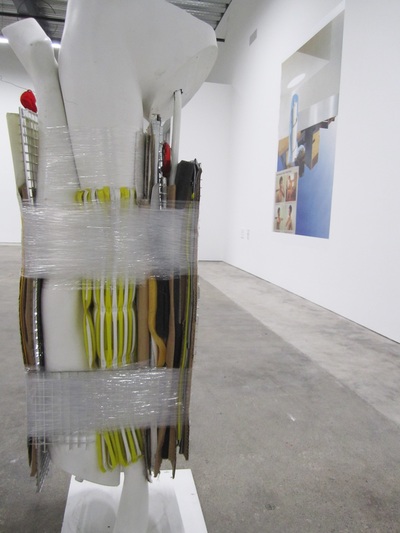
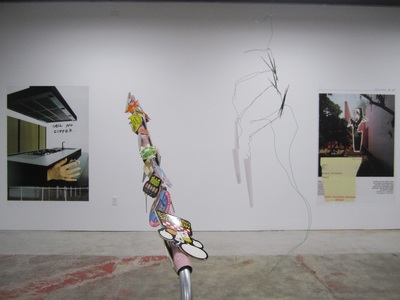
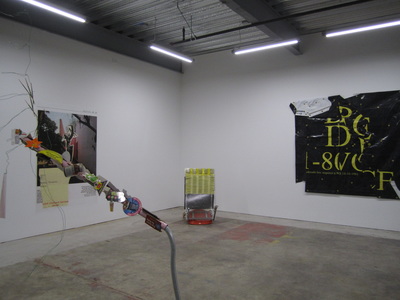
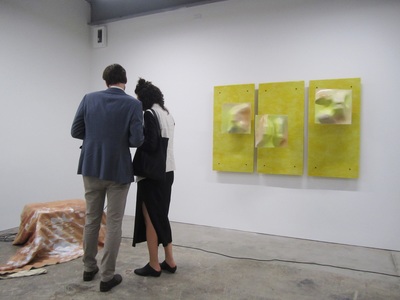
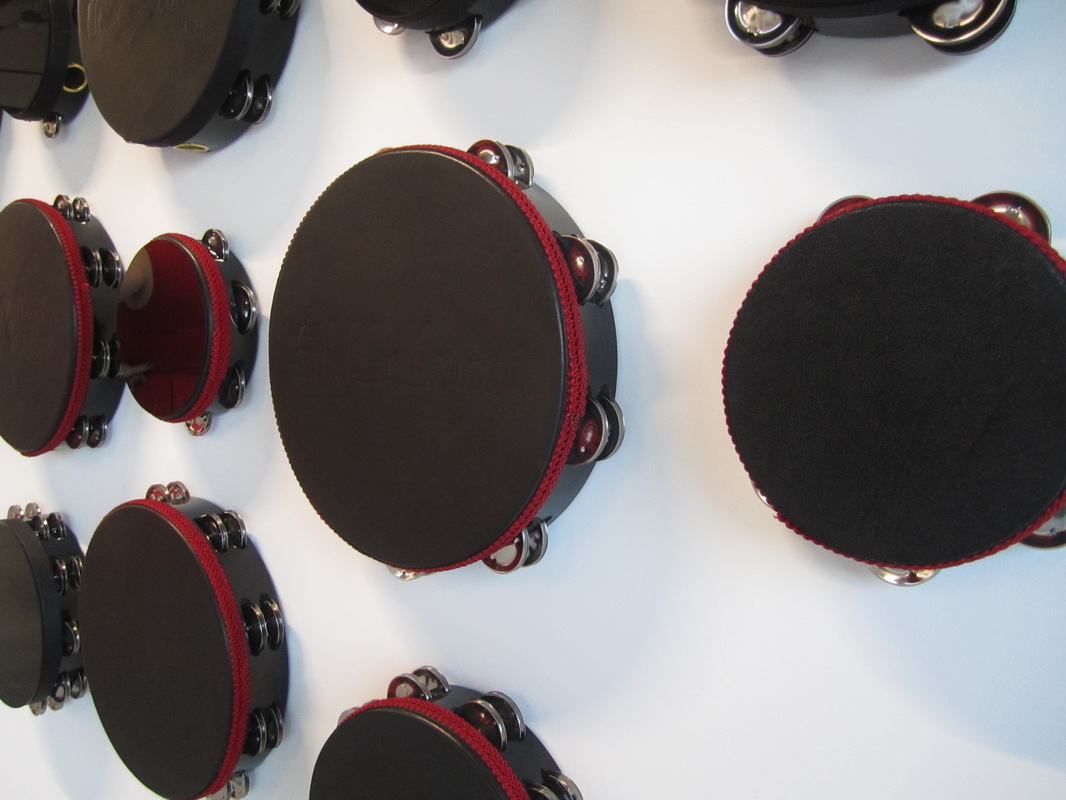
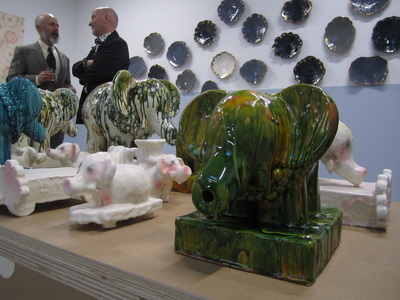

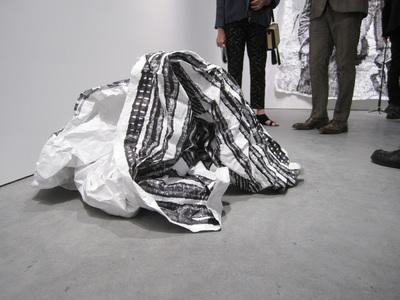
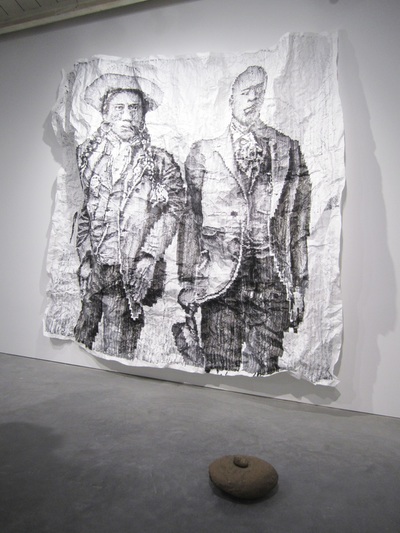
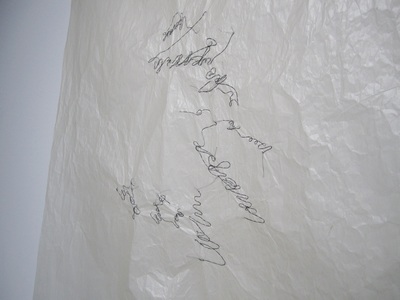
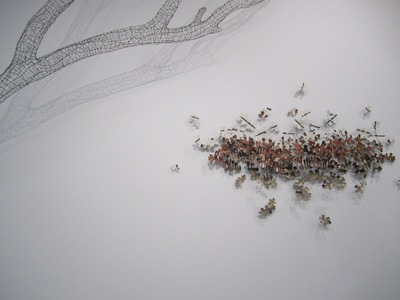
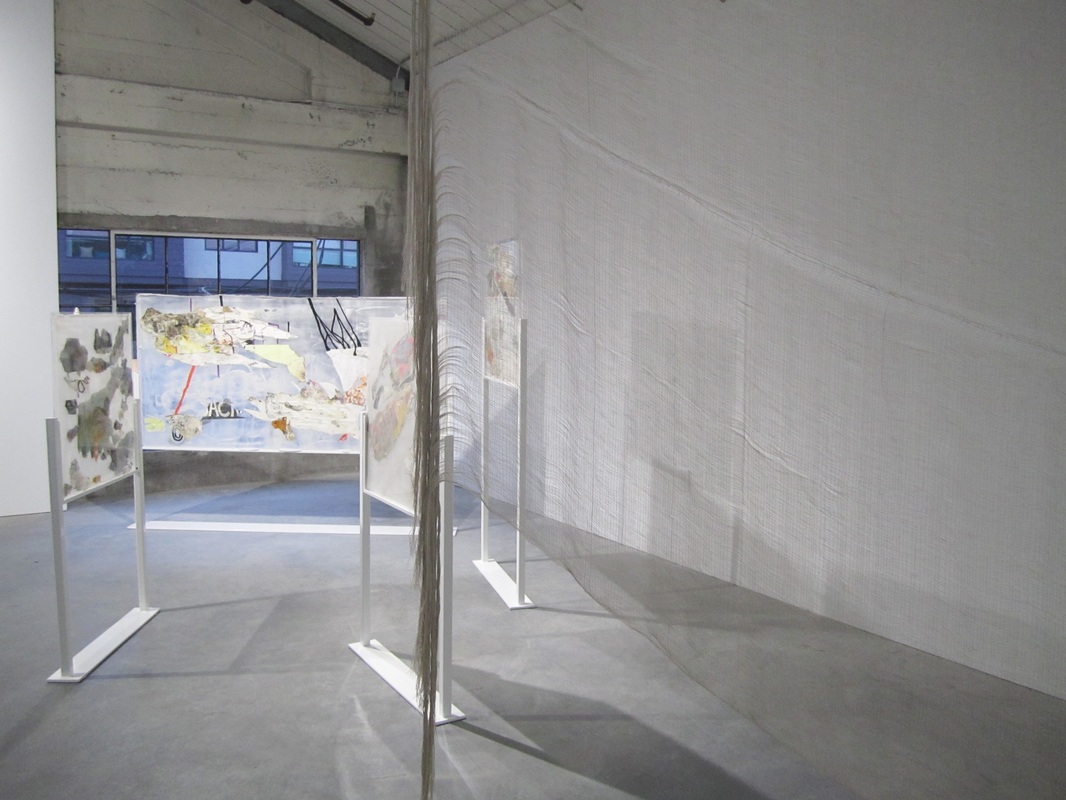
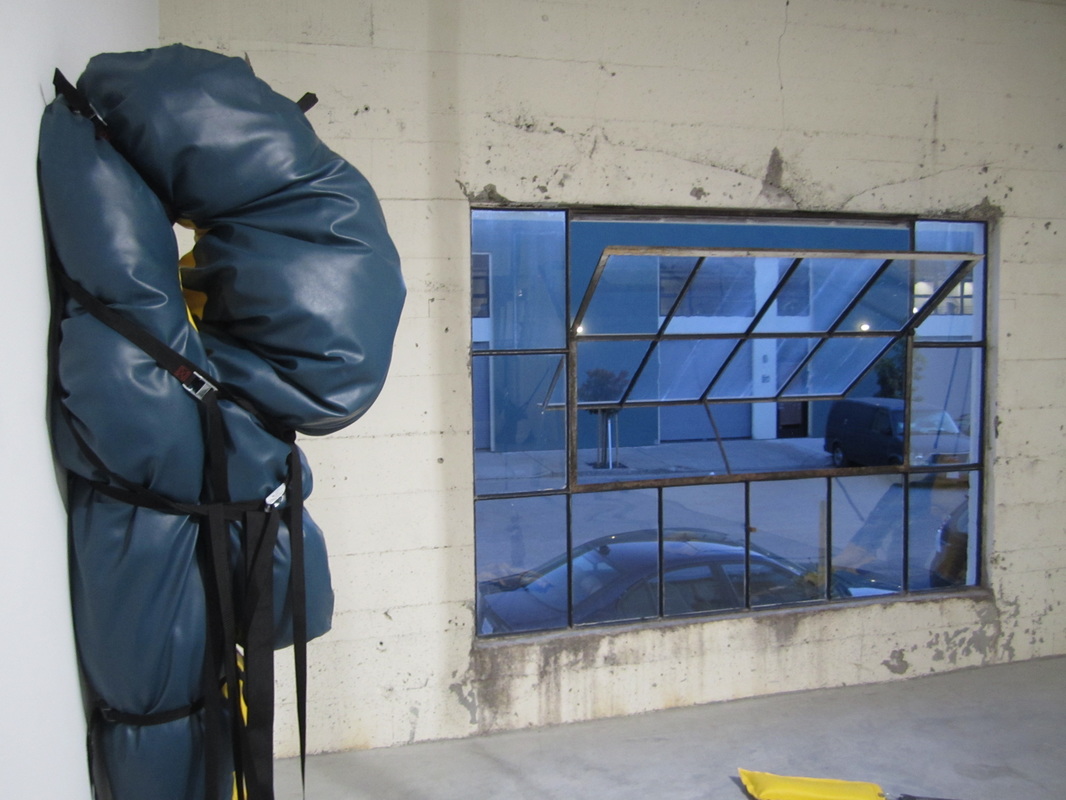

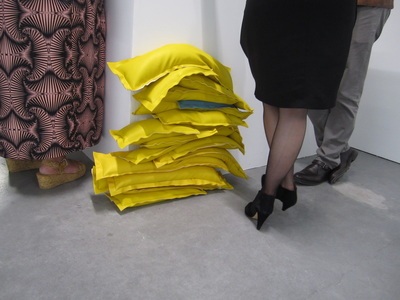

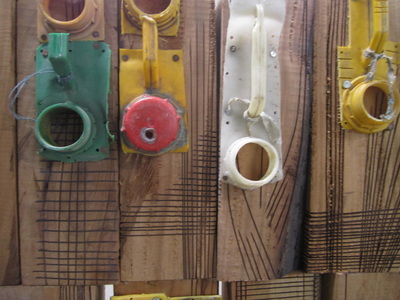
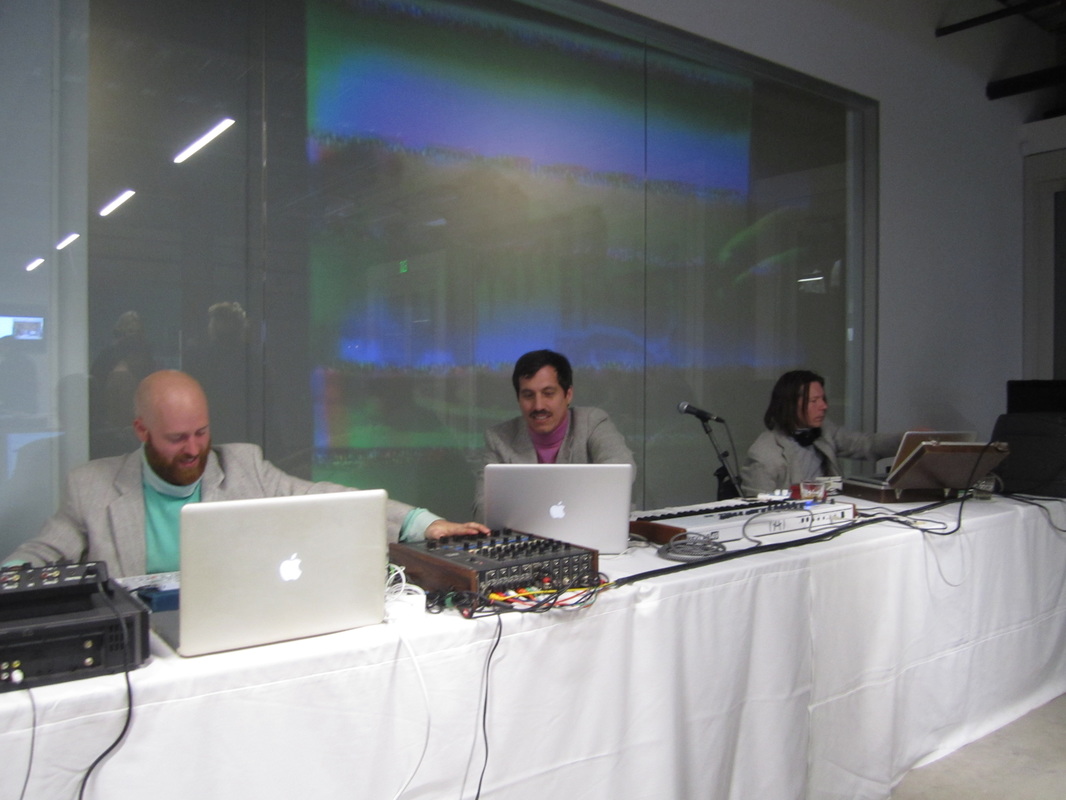
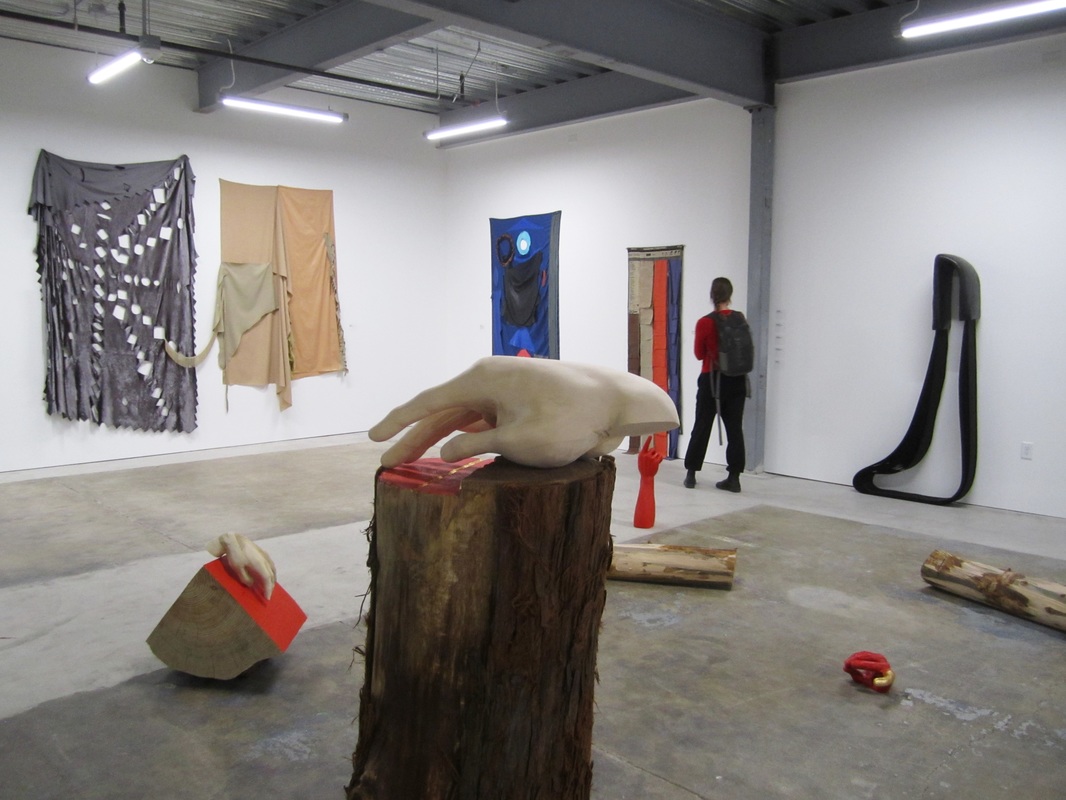
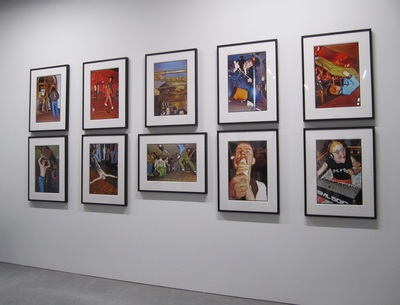
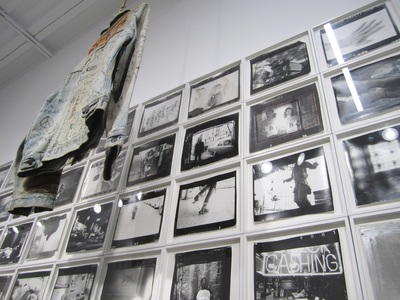
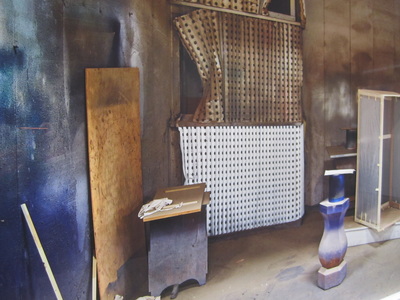
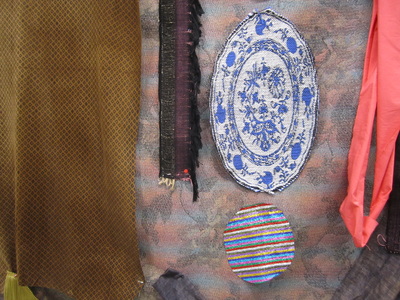
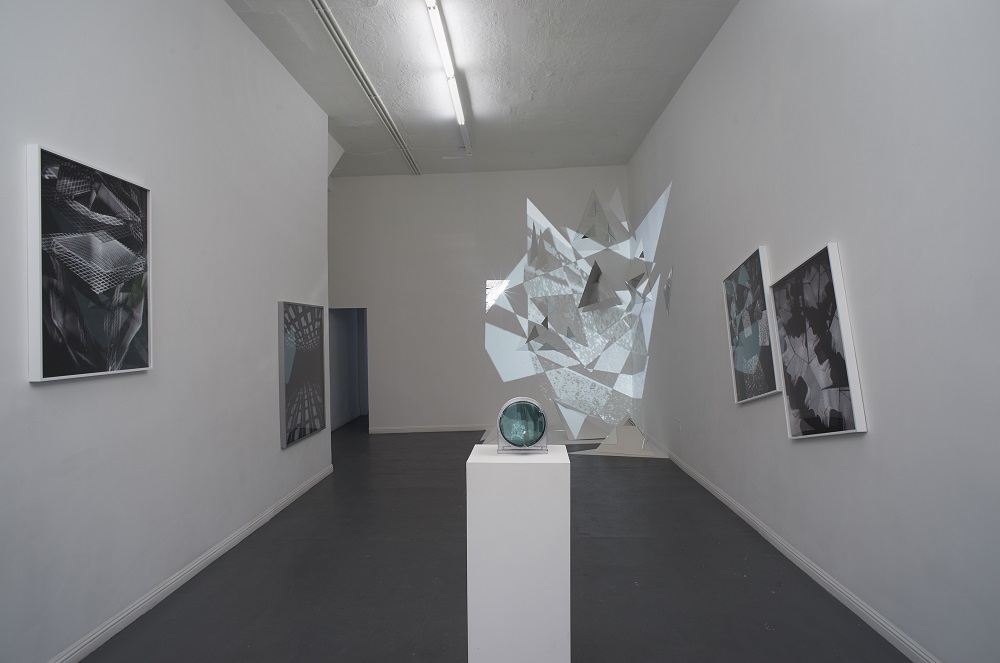
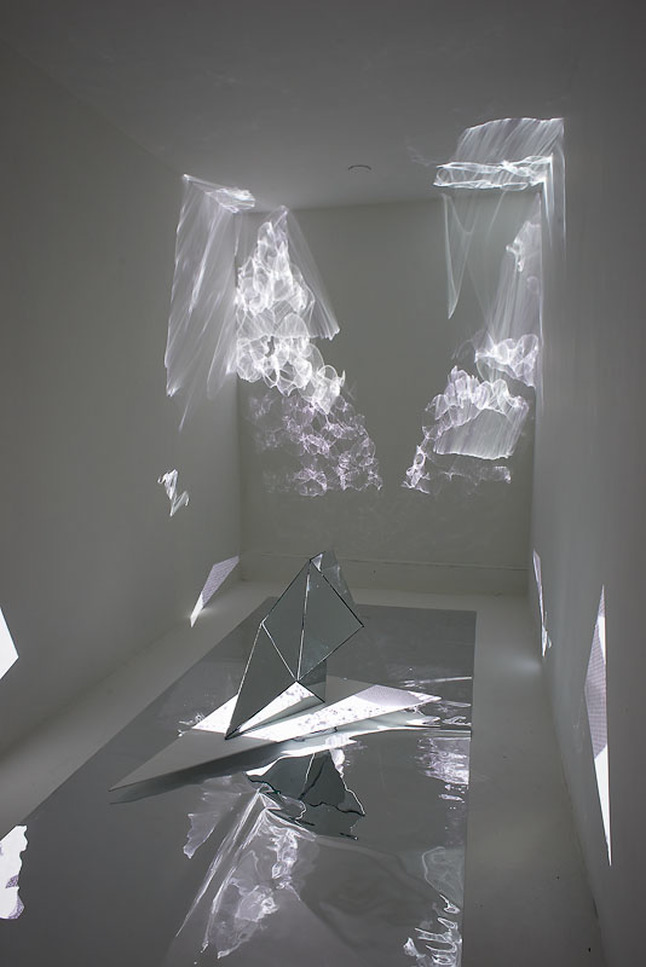
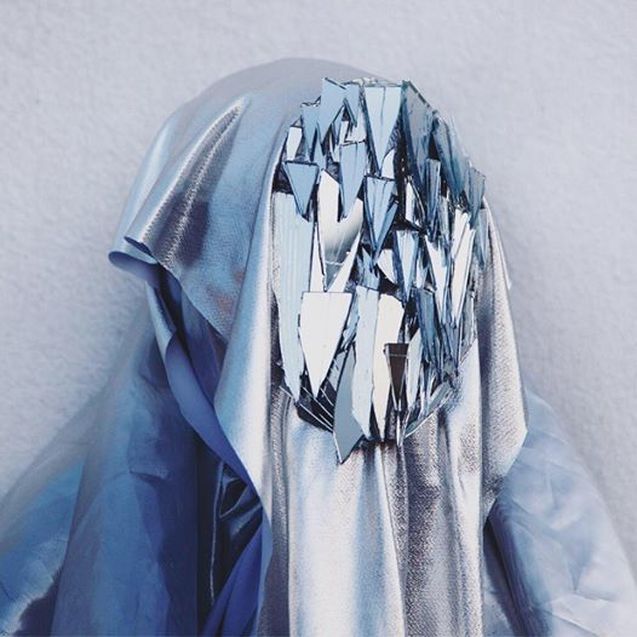
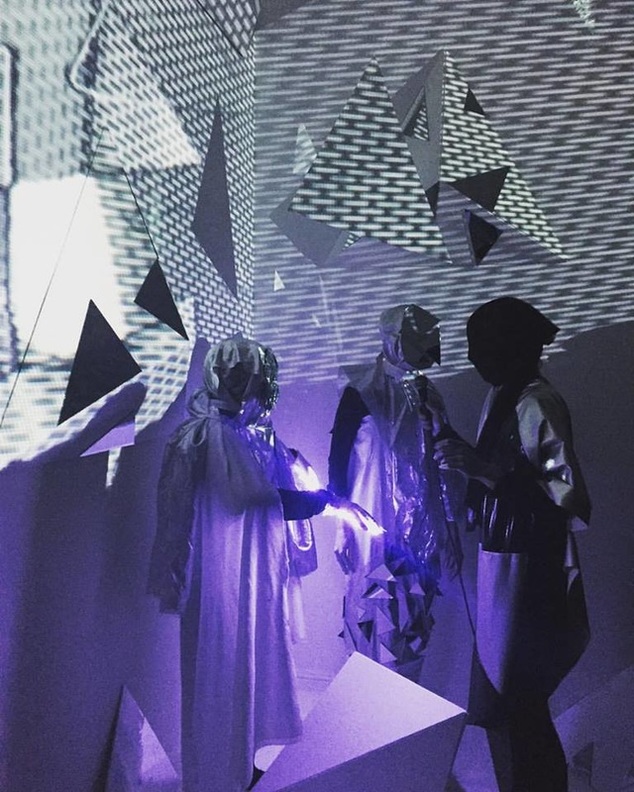
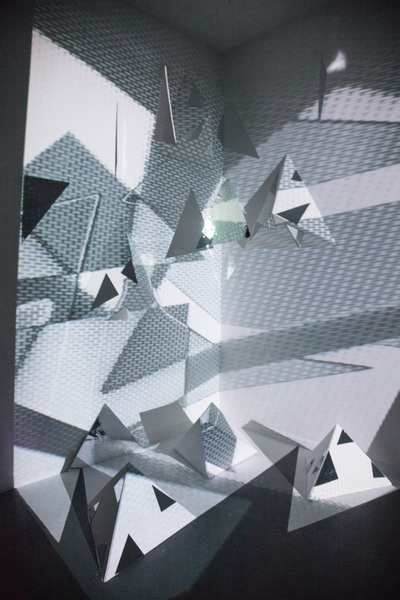
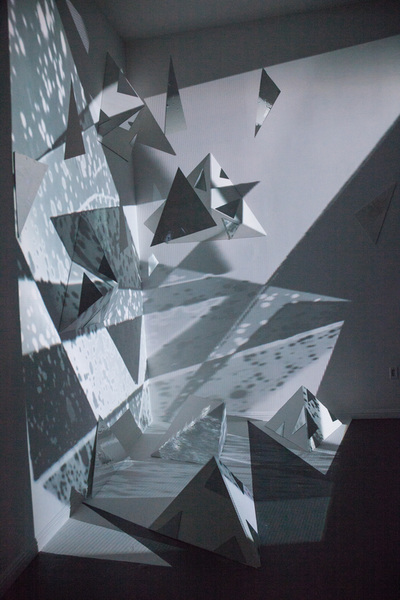
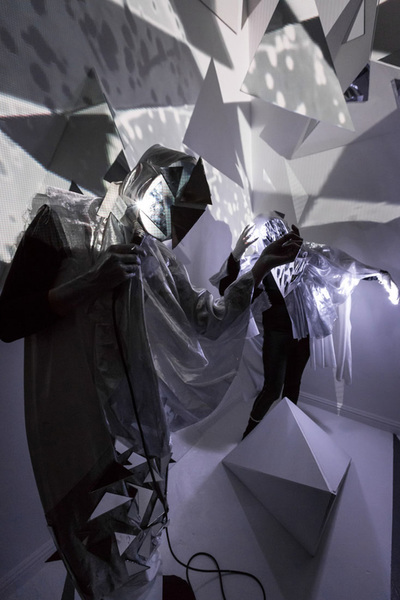
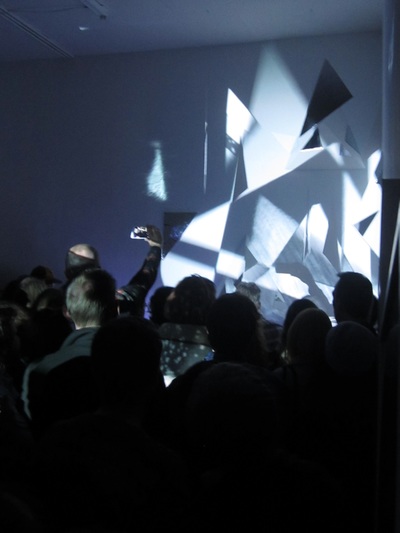
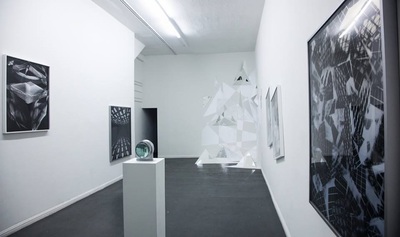
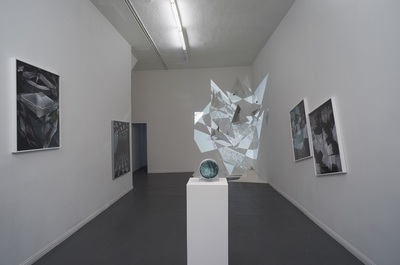
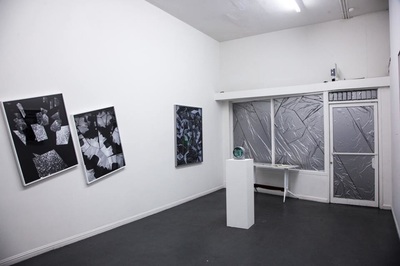
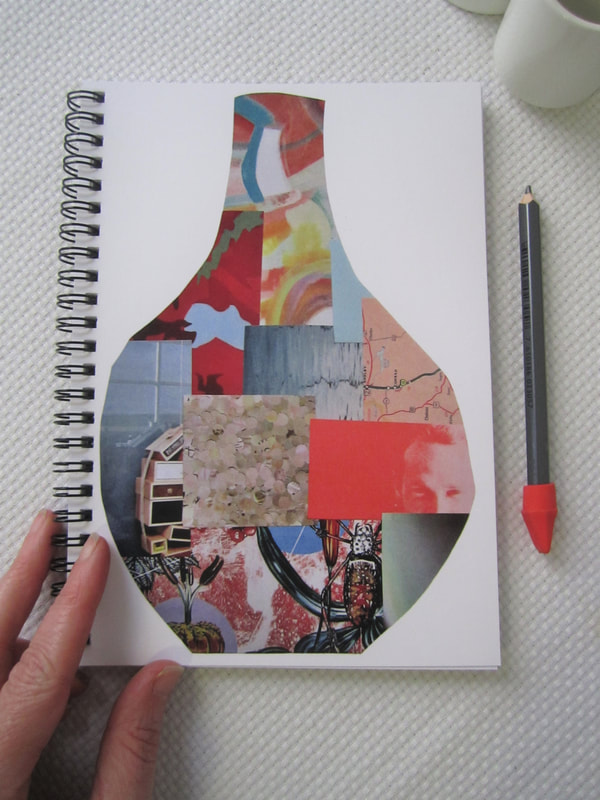
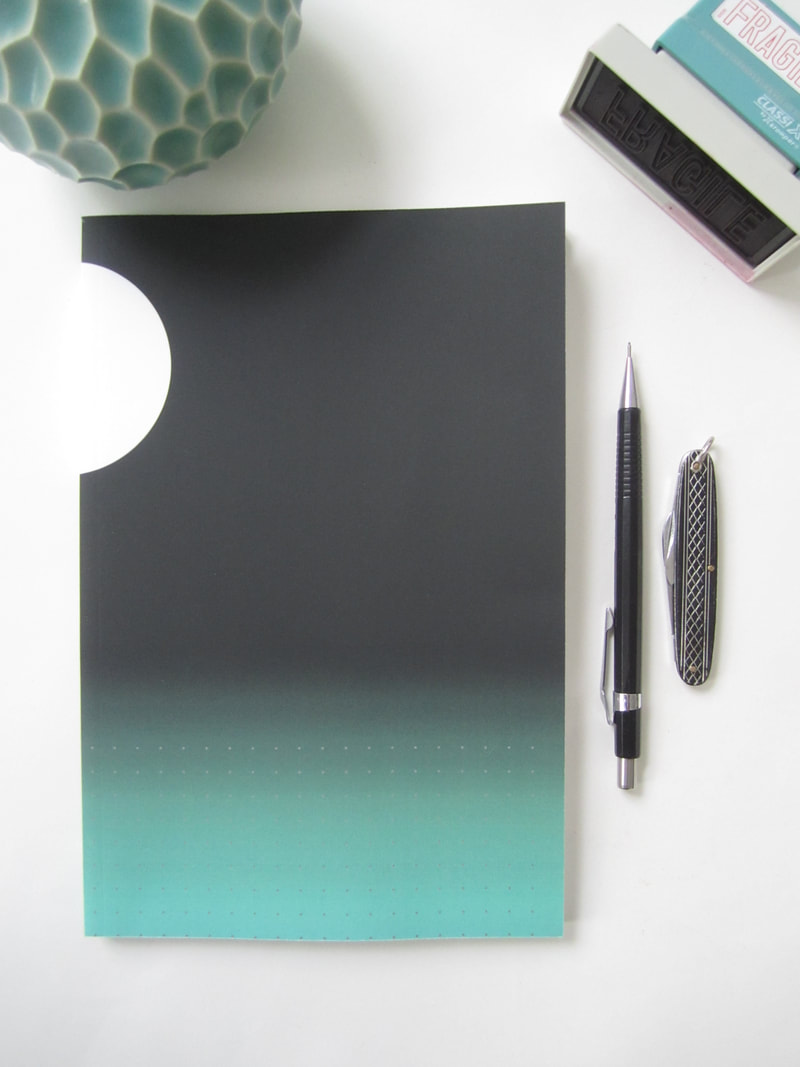
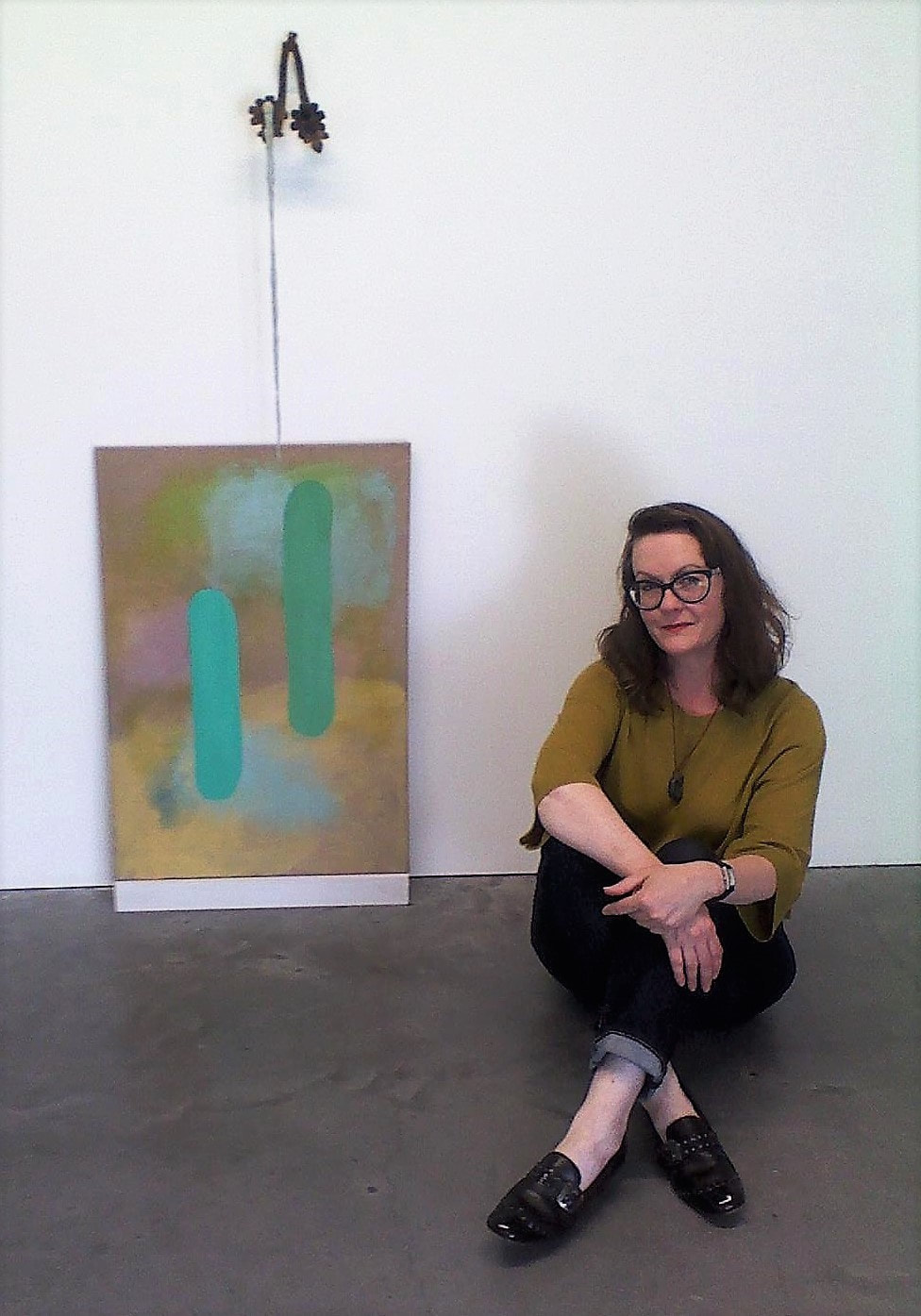
 RSS Feed
RSS Feed